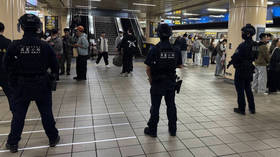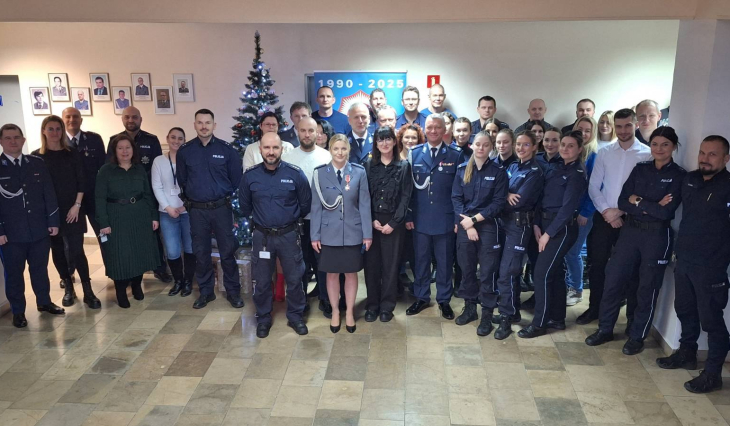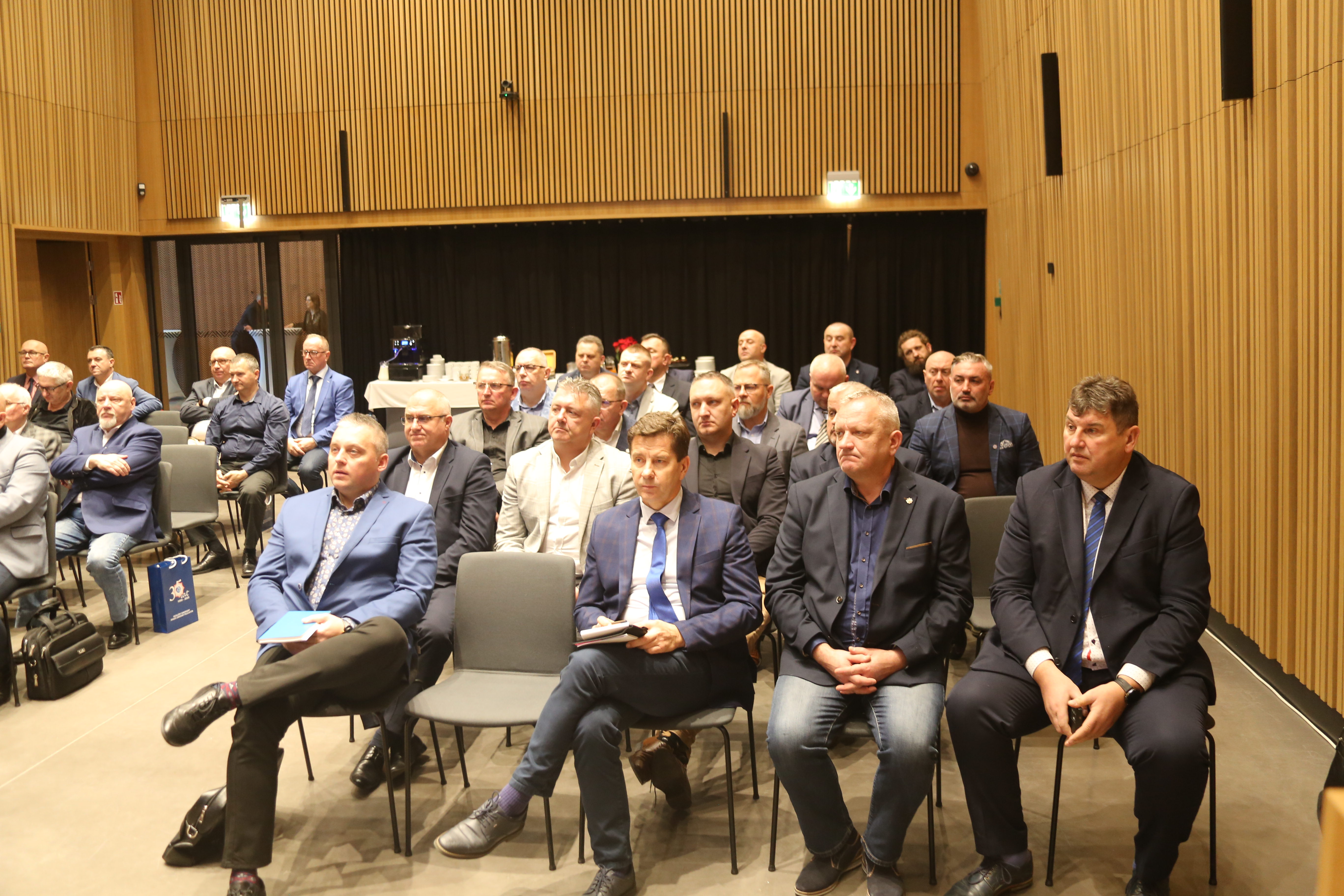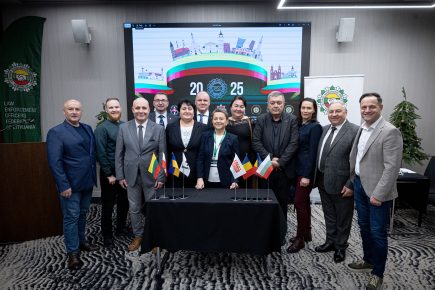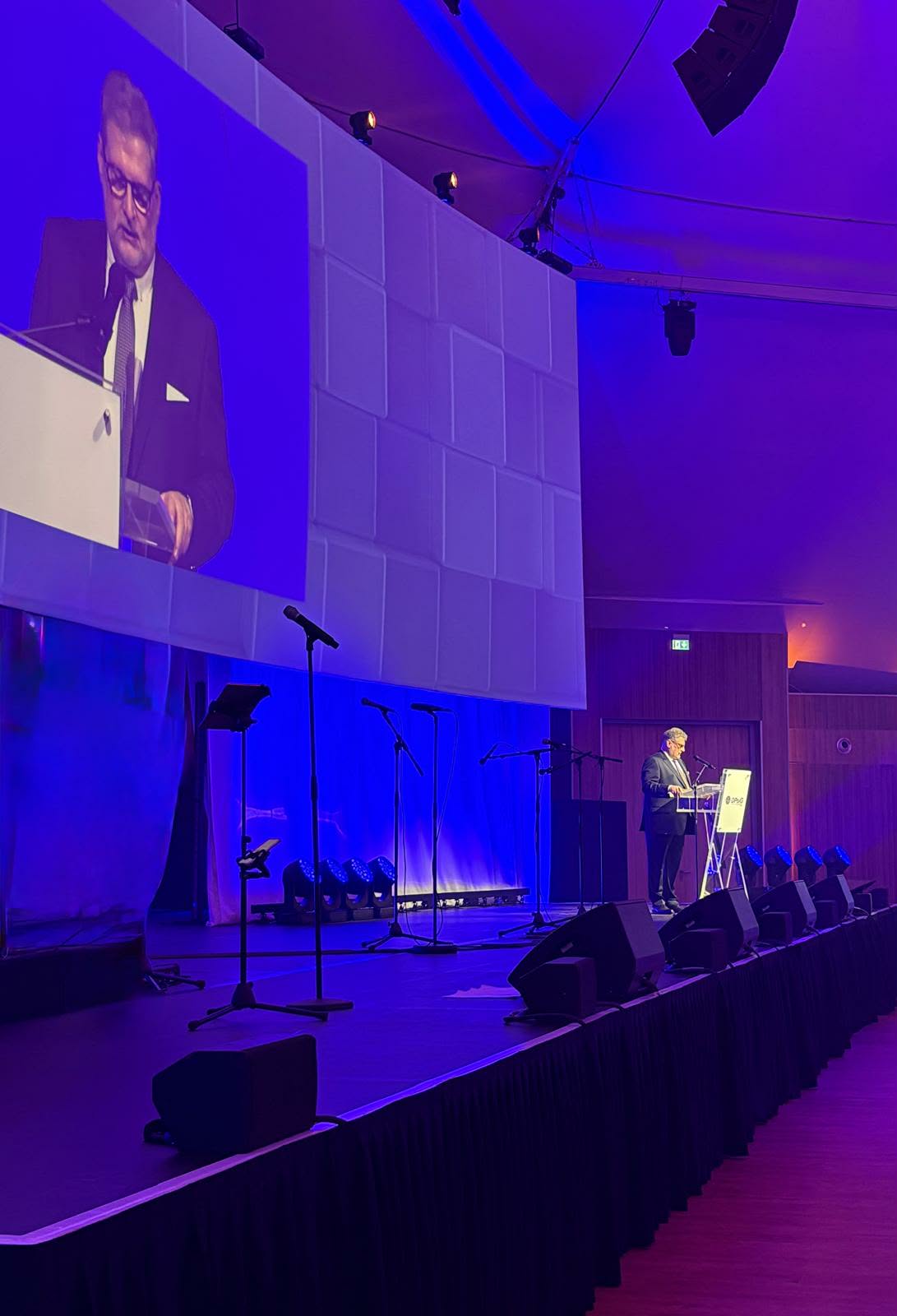
The European Union has started easing the long-standing liquids ban for carry-on luggage at select airports, including Frankfurt (FRA), Amsterdam (AMS), and Milan Linate (LIN), thanks to new security scanning technology.
Air travelers on EU carriers such as Lufthansa (LH), ITA Airways (AZ), and Ryanair (FR) may now carry liquids in containers over 100ml at some security checkpoints. However, due to inconsistent implementation, this shift may confuse passengers across member states.
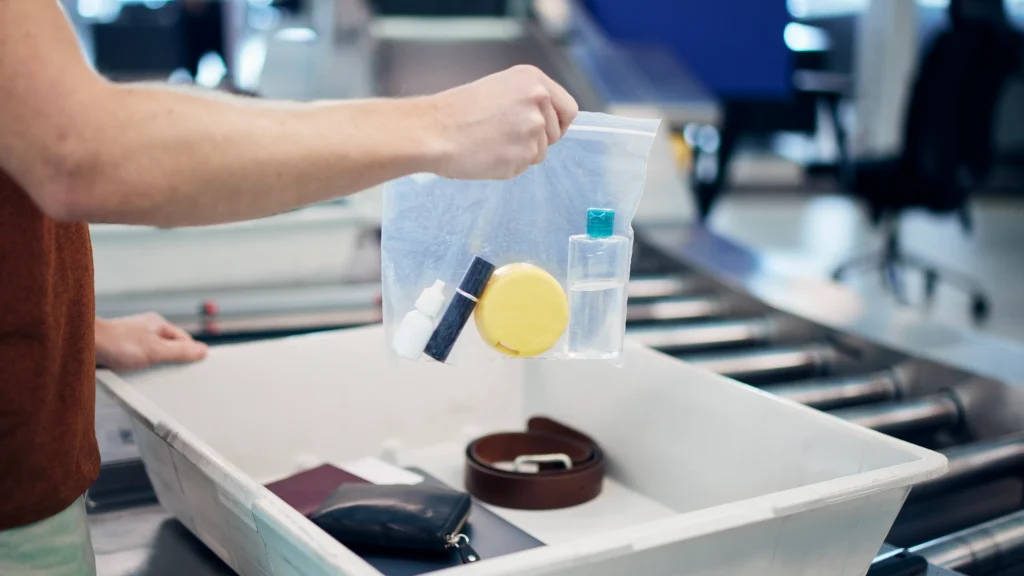 Photo- LADbible
Photo- LADbibleEU Liquid Rules Sparks Confusion
The EU’s decision to relax the liquids ban marks a notable shift in airport security regulations that have been in place since 2006.
The new policy permits travelers to carry liquids of up to two liters in hand luggage—provided the checkpoint is equipped with advanced computed tomography (CT) scanners, primarily those developed by Smiths Detection.
This development follows successful scanner deployments at select airports, but the situation is far from uniform. Only those terminals using Smiths Detection machines qualify for the eased restrictions.
CT scanners from other manufacturers, such as Nuctech and Rapiscan, currently do not meet EU technical requirements for the relaxed rules.
While airports like Milan Linate (LIN), Dublin (DUB), and Barcelona (BCN) are beginning to implement these changes, the decision to lift the ban remains at the discretion of each country and airport authority. As a result, travelers must verify current rules at both departure and return points to avoid confusion.
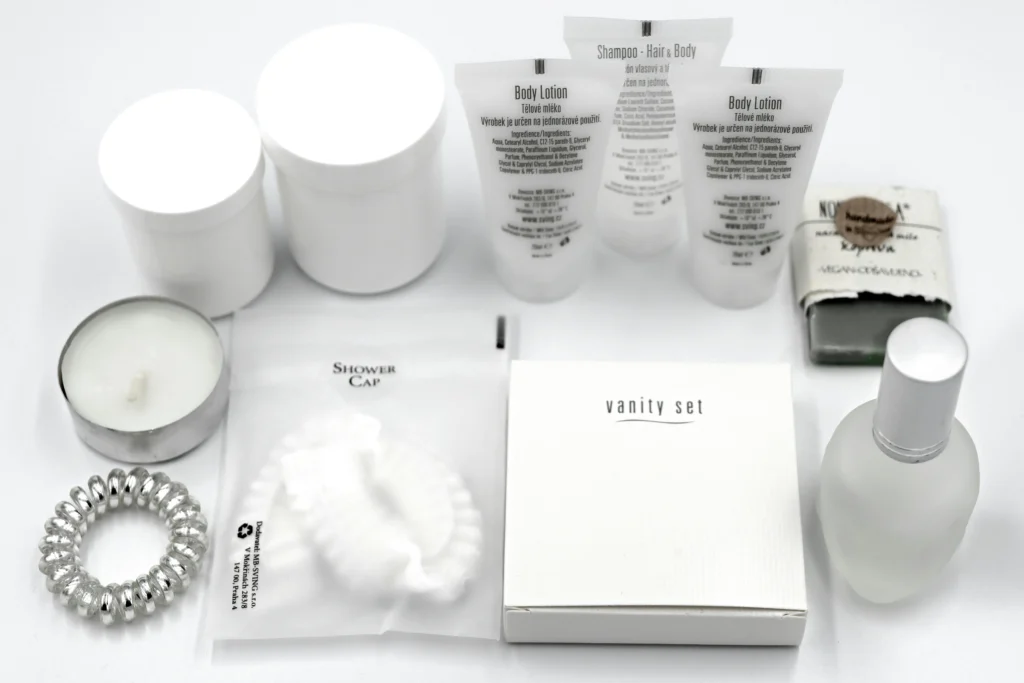 Photo- Marta Branco | Pexels
Photo- Marta Branco | PexelsTechnology Determines Security Policy
The easing of liquids rules is directly tied to the rollout of specific CT scanners that allow detailed 3D imaging of carry-on items, making it easier to detect threats without opening bags.
Approximately 700 such scanners have been installed or are being installed across 21 EU countries, including Germany, Italy, Ireland, the Netherlands, and Spain.
Despite the deployment, the presence of different scanner brands within the same airport can lead to inconsistent experiences.
For example, Milan Linate Airport (LIN) lifts restrictions in Terminal 1 but still enforces them in Terminal 2. Such fragmentation complicates the traveler experience, with policies differing not just by airport, but by terminal.
Member States Control Implementation
EU regulators have authorized the easing of restrictions but left final implementation to national governments and airport operators.
Major hubs like Rome Fiumicino (FCO), Munich (MUC), Amsterdam Schiphol (AMS), and Madrid Barajas (MAD) are eligible for upgrades, but many have not yet confirmed when the new rules will take effect.
In summer 2024, a partial lift was attempted but reversed due to a “temporary technical vulnerability.” The issue has reportedly been resolved, and the EU is now cautiously advancing the rollout with safety as a top priority.
 Photo: shankar s. | Flickr
Photo: shankar s. | FlickrLimited Predictability for Travelers
While this policy update is a welcome step toward modernized air travel, its rollout introduces substantial uncertainty. Travelers may depart from a terminal with no liquid restrictions and return through one that still enforces the 100ml rule.
As a result, travelers are advised to continue following the original liquid limits unless clearly informed otherwise at their departure terminal.
For now, the safest approach is to assume that the old liquids policy remains in place unless explicitly told otherwise by airport signage or staff.
Stay tuned with us. Further, follow us on social media for the latest updates.
Join us on Telegram Group for the Latest Aviation Updates. Subsequently, follow us on Google News
Why Airlines Don’t Allow More than 100ml Liquid in Cabin?
The post EU Phases Out Airport Liquid Ban with Inconsistent Rollout After 19 Years appeared first on Aviation A2Z.



